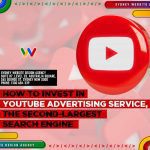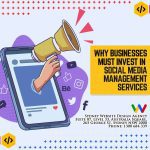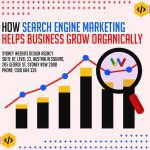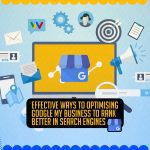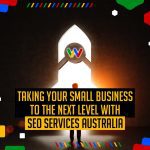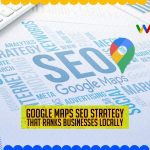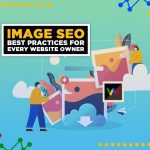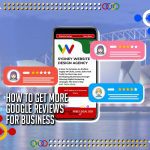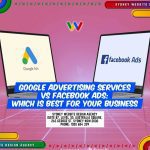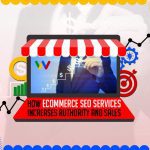Escalating any business to the next level can be effortless through an effective lead generation strategy. This can be accomplished through various techniques, but it’s essential to have a plan in place so that you can track and measure your results. A lead generation process map is a great way to do this
If there were no leads or sales coming to your business, it would be very difficult to grow and expand. Without a steady stream of new leads, your business would eventually dry up. So, it’s important to have a system in place to generate new leads regularly. Wouldn’t you agree?
Without a lead generation process map to follow, your business will struggle to find high-quality prospects and high-value customers. Generating leads is the process of building visibility, credibility, trust, and interest from a specific group of people. When done correctly, it can help drive traffic from high-quality prospects and high-value customers.
Introduction
Sydney Website Design Agency’s Lead Generation Process Map will help you build visibility, credibility, trust, and interest from a specific group of people. And by focusing on lead generation, you’ll be able to drive traffic from high-quality prospects and high-value customers.
Lead generation is the process of finding and qualifying potential customers for a product or service. It involves identifying and targeting prospects who are interested in a product or service, offered by the company.
It is the process of motivating and capturing interest in a product or service to build a sales pipeline, which allows businesses to nurture targets until they’re ready to buy. Lead generation may be beneficial for any size or industry, as well as both B2C and B2B markets.
There are a number of different lead generation strategies that businesses can use to find and qualify potential customers. Some common lead generation tactics include targeted advertising, search engine optimisation (SEO), content marketing, and social media marketing.
The goal of lead generation is to generate more sales and grow a business. By finding and targeting potential customers, businesses can increase their chances of making a sale and achieving their desired growth goals.
Table of Contents
- What is a Lead Generation Process Map?
- Three Types of Leads
- Information qualified lead (IQL)
- Marketing qualified lead (MQL)
- Sales qualified lead (SQL)
- How to Qualify a Lead?
- Creating Your Lead Generation Process Flow Chart
- The Lead Generation Process
- Collect Leads
- Convert Clients
- Create Fans
- Best Tips for Successful Lead Generation
- Defining target audience
- Researching competition
- Creating a plan
- Implementing a plan
- Measuring the Outcome
- What is the Role of Lead Generation In Marketing
- Lead Generation process map FAQs
- Lead Generation Process Map Conclusion
What is a Lead Generation Process Map?

The lead generation process typically starts with awareness, where potential customers are made aware of a company or product. This can be done through marketing activities such as advertising, public relations, business networking meeting, content marketing etc… Once someone shows interest in what is being offered, they become a lead.
Leads are then typically passed on to sales teams, who will try to check if they are a sales-qualified lead and would later convert them into a paying customer. The process doesn’t end when a sale is made, it just the beginning of the process.
This is just a basic outline of a lead generation process map – businesses can tailor it to their needs and requirements. Including too many steps in the nurturing process or making it too complex can make it difficult to follow and implement, so it’s important to keep it simple.
Three Types of Leads

A company’s lead generation strategy helps them generate sales leads for the business. Sales leads can be categorised into three:
Information qualified lead (IQL)
An information-qualified lead (IQL) is a potential customer who has indicated a strong interest in your product or service. They’ve done their research, and they’re ready to buy.
To identify an IQL, keep an eye out for customers who are asking specific questions about your product or service, or who are indicating a need for your product or service.
Marketing qualified lead (MQL)
A Marketing Qualified Lead is a potential customer who has shown an interest in your product or service and has met the qualification criteria you have set. They are ready to buy, but may still need some convincing and assurance.
When you generate a Marketing Qualified Lead, it means that you have successfully engaged a potential customer, and they are now interested in your product or service.
The process of generating a Marketing Qualified Lead can be long and difficult, but it is well worth having potential customers who are highly interested and ready to purchase. There are many ways to generate a Marketing Qualified Lead, but some of the most effective are through content marketing.
Sales qualified lead (SQL)
Sales qualified leads are potential customers who have been identified by a salesperson as being likely to buy a product or service. They are not just any leads, but leads that have been qualified as being worth pursuing further.
How to Qualify a Lead?
The process of qualifying a marketing lead begins with understanding the company’s needs and determining whether the lead is a good fit. From there, the next steps involve qualifying the lead based on their budget, timeline, and other factors. If everything looks good, then it’s time to start working on a proposal. If the lead isn’t qualified, then it’s time to move on to the next one.
The process of generating leads can be a long and tiring one, but it’s important to remember that each lead is an opportunity to make a sale. By following these steps and keeping a close eye on the needs of your target market, you’ll be well on your way to success.
Creating Your Lead Generation Process Flow Chart
A lead generation process flow chart can help you visualise the process of generating leads for your business. By creating a flow chart, you can see where leads come from, how they are qualified, and what needs to happen next in order for them to become customers.
The lead generation process flow chart below outlines the basic steps in generating leads also known as the lead generation process.
The Lead Generation Process

The goal of lead generation is to attract prospects and excite their interest through nurturing to convert them into customers. Job applications, blog posts, coupons, live events, and online content are just a few methods for generating leads.
To make your lead generation process flow more effective, here are the steps that you can follow:
Collect Leads

Collecting leads is the first step of the lead generation process. The sales team devices techniques, plan, and execute campaigns that can help them connect to their audience. This first step is the most challenging and requires the most effort.
There are plenty of lead generation tools that can be used to collect leads for your brand, the very same tools that you will use in these three stages involved in the lead collection.
Target
To secure and collect leads for your business or product, you need to determine who your target market is. What are their needs, their pain or pleasure points? You need to determine the factors that may affect their decision and capacity to buy or secure your service. Without a clear understanding of who your target market is, you might end up wasting your resources on leads that are not bound to convert. You can never generate leads effectively with a hit-and-miss approach.
Attracting Your Target Audience
Now that you have identified who your target market is, the next step is to get their attention. You can either use tools like paid advertising, search engine optimisation or social media outreach. Now that you understand the pain points and what your target audience desires, the next step is to provide useful and relevant content to them.
Inbound marketing strategy comes into play during this process. You should be able to create a lead magnet that will pull audiences towards what you offer. Use the leverage of social media and other platforms where your target market can learn about you, your product, and the service that you offer. Create relatable graphics, videos, and content that would encourage your audiences to connect with your brand. With an effective lead generation process to follow, you can convert these leads into paying customers in no time.
Capture
Now that you have introduced yourself to your audience, you now have their attention. Here is where the call to action on your landing page comes into play. You need to seize this opportunity to gather information from your potential customer. This can be an email address or phone number, or both. The better your landing pages and lead generation tools are, the easier it will be for you to collect information about your client that you can use to follow up through email marketing or similar tools. This also seals the beginning of their customer journey.
Convert Clients

Now that you have finally made a proper introduction to your new lead, it is now time for them to learn more about you. What is your company’s product? Your business goals? What are the services that you offer, and how can you help create more revenue for your clients, or bring visitors to their websites? This stage is where you educate your lead. This lead generation stage is where you present your company as a trustworthy brand to your lead.
Engage
At this point, your lead has provided you with their contact details, you can start sending them information about what you’re selling and see if they’re interested. If they are, you can move on to the next step of the sales process. If not, you can try to find someone else who might be interested, going back to the first phase of your lead generation process. However, some may respond positively to what you offer. Nurture these leads as you lead them to the next phase of the sales cycle.
Offer
Your targeted audience finally responded positively to your content. They have been liking your posts and posting comments on your blog post and social media posts. The offer creation process begins with understanding the needs of the customer. Once the needs are understood, the next step is to create a proposal that meets those needs. The proposal must be well written and persuasive to earn the customer’s business. The offer should align with what your audience needs. Make your offer so enticing that it would be hard for them not to take the next step of the sales funnel.
Close
The closing is one of the most rewarding phases of the lead generation process. This is where you manage sales leads and see them become paid customers. However, this does not conclude how effective your sales team and lead generation process are. This is just the beginning of something bigger, and more sustainable for your business.
After you generate leads and convert them into consumers, the next step of the lead generation process flow is to make these leads come back for more. An effective lead generation process does not end with a sale. You should be able to convert these sales into loyal fans and repeat customers before you can conclude that your lead generation efforts are indeed paying off.
Create Fans

When you close a sale from a lead, you can make that customer loyal by providing great customer service. Make sure to keep in touch with them, and always be willing to help out with whatever they need. If you do this, you’ll have customers for life.
The lead generation process is essential to the success of any business. By generating leads and nurturing them through the sales process, businesses can build relationships with potential customers and increase their chances of making another sale.
Deliver
You need to make sure that your delivery processes are good so that your customers are happy. You can do this by making small changes and seeing how customers react. If they are not happy, you can make extra refinements until they are satisfied.
Impress
Customer service processes should be efficient and continuously improved so that you can generate more leads and sales. You can do this by streamlining your processes and eliminating anything that is not essential. This will help you to save time and money, which can be reinvested into generating more leads.
Multiply
A seamless delivery process with impressive customer support from your end combined with a good product or service is what you need to make sure that your process is effective- thus generating the most conversions. Test different methods and see which ones work best for your business. Once you have found a method that works, you can then scale it up to reach more customers.
Best Tips for Successful Lead Generation

There are many things you can do to create a successful lead generation process for your business. You will want to plan and follow it. You can also use tools like websites and phone calls to get in touch with potential customers.
Here are some tips for creating a successful lead generation process:
Define your target audience
You can’t generate leads if you don’t know who your target audience is. Spend some time defining who your ideal customer is and what they are looking for. This will help you create a targeted lead generation strategy.
Research your competition
Take a look at what your competition is doing to generate leads. You can learn a lot from their successes and failures. This research will help you create a unique lead generation strategy for your business.
Create a plan
Once you know who your target audience is and what they want, you need to create a plan to reach them. This plan should include a mix of marketing channels that will reach your target audience.
Implement your plan
Once you have created your plan, it’s time to implement it. This includes creating content, setting up lead capture forms, and driving traffic to your landing pages.
Measure your results
Lead generation is a process, so you need to measure your results along the way. This will help you fine-tune your strategy and ensure that you are generating the most leads possible.
By following these tips, you can create a successful lead generation process for your business. Remember to be patient and consistent with your lead generation efforts. It takes time to generate leads, but if you stick with it, you will eventually see results.
What is the Role of Lead Generation In Marketing
Lead generation is the process of attracting and converting strangers and prospects into customers or clients. It is the first step in creating a relationship with a potential customer and generating revenue through sales. Lead generation is essential for any business, regardless of size or industry, as it fuels the growth of the company by bringing in new customers.
There are many methods and techniques for lead generation, but all of them share one common goal: to find potential customers and convince them to buy your product or service. Lead generation can be accomplished through a variety of means, including online marketing, advertising, and PR.
No matter what method you choose, lead generation is an essential part of any successful marketing strategy. By generating leads, you are paving the way for future sales and building a foundation for long-term customer relationships.
Frequently Asked Questions
What is a Lead?
A lead is someone who expresses interest in a company’s products or services, making him or her a possible prospect. Every business main objective is to create as many leads as possible. With useful content and incentives for their purchase, companies must guide prospects down the sales funnel with relevant information and deals.
What is a lead generation process?
A lead generation process is the steps that a company takes to identify and qualify potential customers. The process usually starts with generating leads through marketing efforts, such as online advertising or contact lists. Leads are then qualified by assessing their fit with the company’s products or services. Finally, the company determines whether to pursue the lead further through sales efforts.
Can anyone create a lead generation plan?
Yes, anyone can create a lead generation plan. The first step is to understand who your target audience is and what their needs are. Once you know that, you can create content and offers that appeal to them. You’ll also need to develop a strategy for reaching your target audience and generating leads. There are many ways to do this, so you’ll need to find the approach that works best for your business.
What are the costs involved in the lead generation plan creation?
There can be a variety of costs involved in creating a lead generation plan, depending on the size and complexity of the plan. Some common costs include hiring a marketing or advertising agency, purchasing or leasing lists of potential leads, creating and managing a website, and setting up a system to track leads and measure results.
Does a small business need a lead generation process map too?
Small businesses may not need a lead generation process map as much as larger businesses, but it can still be useful to have one to track and organise your leads. A lead generation process map can help you keep track of your leads’ contact information, what stage of the sales process each lead is in, and how many leads you have at each stage. This can help you determine where you need to focus your efforts to generate the most leads.
Lead Generation Process Map Conclusion
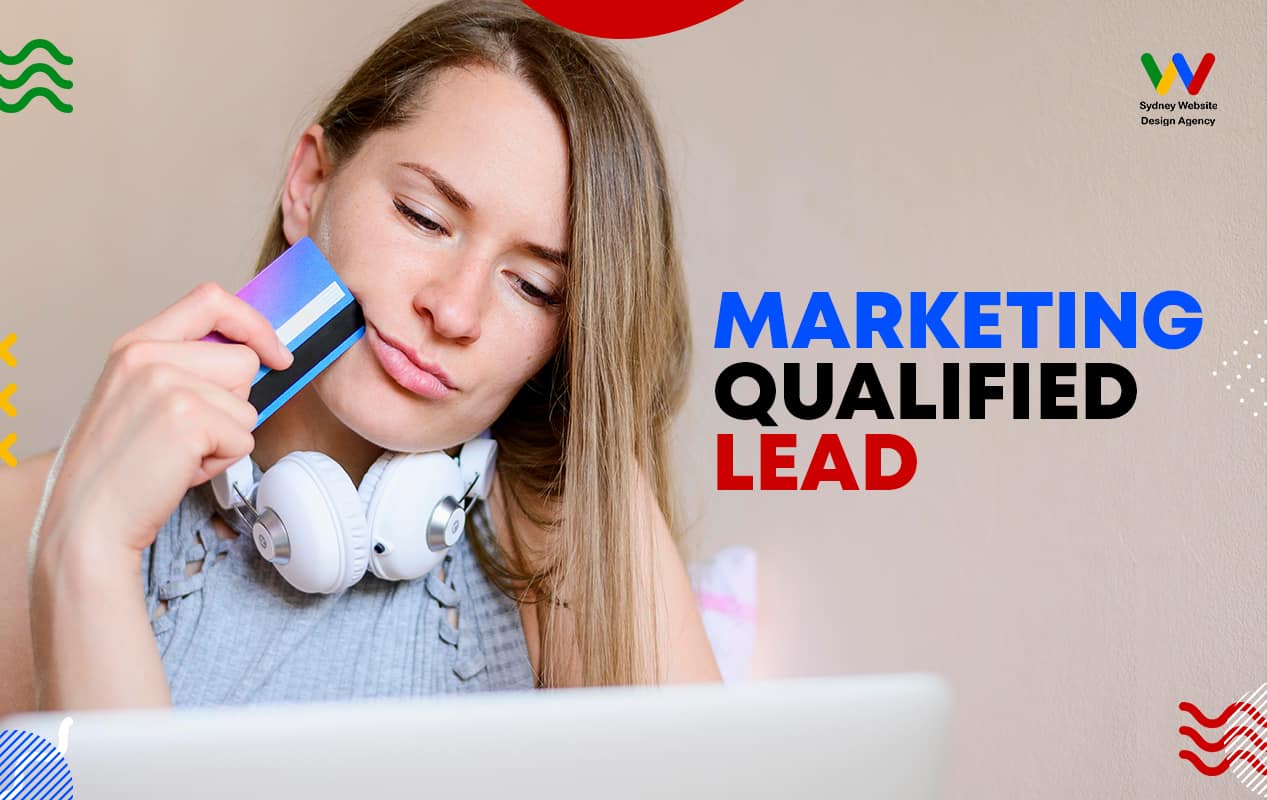
A lead generation process map is our perfect solution for you. It’s a visual guide that lays out each step of the process, from identifying potential customers to converting them into paying clients. Having this framework in place will help you streamline your efforts and get better results.
Not only will a lead generation process map help you generate more leads, but it will also help you qualify them more effectively. This means you’ll be spending your time on prospects who are actually interested in what you have to offer – and that’s sure to result in more sales and happier customers.
Wondering how Sydney Website Design Agency can generate leads for your business?











